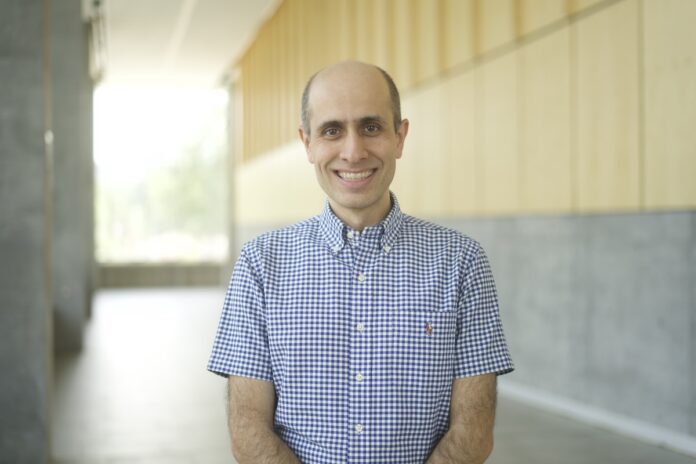
In 2020, Ottawa became the first city in Canada to declare a housing and homelessness emergency, with city council unanimously deciding to label the issue an “emergency” rather than a “crisis.” Shortly after, the city introduced a 10-Year Housing and Homelessness Plan for 2020 to 2030.
Four years into the plan, Majid Komeili, an associate professor in Carleton University’s School of Computer Science, is contributing to the project by developing an AI-powered tool to predict chronic homelessness. This initiative aims to leverage AI to address and prevent chronic homelessness in Ottawa.
The Charlatan spoke with Komeili to explore the project’s insights and objectives and how AI tools can aid in predicting homelessness.
The Charlatan (TC): Can you describe the partnership involved in this project?
Majid Komeili (MK): It’s a research partnership with the City of Ottawa. As a professor at the School of Computer Science at Carleton University, I’ve had smaller collaborations with the city through the Institute for Data Science. We realized that these short-term projects weren’t sufficient, so we applied for grants and decided to focus on a more pressing need: predicting chronic homelessness using AI.
TC: Can you explain the purpose of the AI-powered tool you’re developing?
MK: The tool can predict chronic homelessness six months into the future, basically predicting the number of nights that a person is expected to stay at shelters. It can be useful for planning purposes and if someone is at higher risk, the resources available for helping those people can be better optimized. Before actually using an AI tool for this purpose, there are different steps that need to be taken to ensure that the way these AI tools are used aligns with human values.
TC: What data does the tool use to detect vulnerability to homelessness?
MK: There are two types of data: individual and general. On the individual level, we consider factors like age, total number of stays in the shelter, total number of times an individual was refused service, gender status, citizenship status, current housing status and reasons for service. On the general level, we consider factors like GDP, unemployment rate, temperature and weather conditions.
TC: What are your specific areas of interest and research that have propelled you to work on this AI project?
MK: My work is related to AI and different application areas. This project particularly interested me because there is this database called HIFIS that captures information about shelter usage around the city. We went through different approval levels, including ethics approval, to use this data for research purposes to see to what extent an AI tool can predict the likelihood that a person will become chronically homeless six months in the future.
TC: How does the AI tool help in preventing chronic homelessness?
MK: Chronic homelessness is a multifaceted problem. This tool won’t solve the issue on its own, but it can help allocate resources more effectively to those in urgent need. It can also help social workers and staff at shelters make more informed decisions by predicting who is at higher risk of becoming chronically homeless.
TC: What are the ethical considerations of using this AI tool?
MK: We have looked into issues like bias and making sure the tool’s performance is consistent across different minority groups. Beyond that, there needs to be community engagement to ensure the tool is used in a way that aligns with the values and needs of the people affected. The team at the City of Ottawa is looking into AI governance and the ethical implications of using this tool. We make sure that the tool’s accuracy and performance are similar for different minority groups. If there are subgroups with poor performance, we address that. It’s important to know the limitations of the system and ensure it’s not biased in its predictions.
TC: What is the significance of this tool for the City of Ottawa’s 10-year plan to prevent homelessness?
MK: I believe this tool is part of the effort to accomplish the city’s 10-year plan to prevent homelessness. It can help optimize resource allocation and support the city’s efforts in addressing chronic homelessness more effectively.
TC: Can you explain the significance of the explainability of the AI tool?
MK: Explainability is crucial because it helps users understand the factors contributing to a prediction. The tool provides local explanations, detailing the most important factors influencing each prediction. This transparency helps staff and decision-makers at various levels make more informed decisions, enhancing the tool’s usefulness.
TC: When do you expect this tool to be available for use?
MK: Hopefully, sometime in the fall. There are several steps and checks that need to be done before this tool can be put into production, but we’re looking at something around October or November.
This interview has been edited for length and clarity.
Featured image provided by Majid Komeili.





